Spiders are believed to have spent 300 million years sharpening their skills as well as staying alive and giving rise to new generations of spiderlings. They have emerged some 100 million years ago, an era predating back-boned animals; they have also evolved much more rapidly. Spiders are classed with arthropods. Almost all the species in arthropods have joint legs and their external armor is hard and tough. Perhaps you’d be wondering as to how long do spiders live. Stick to the end and you’ll know what you want! Spiders alone claim the order Araneae. Currently, scientists have successfully found 38,000 species of spiders all round the world. It is still considered to be the tip of an ice berg since equal numbers of spiders are believed as undiscovered. The widespread presence of spiders makes them a popular species; they are found in house, gardens, forests, other terrestrial habitats, and caves round the world. The South American Tarantulas, also called bird-eating spider, is the largest spider species averaging 10 cm in length, with a leg span of up to 27 cm. The smallest spiders rarely exceed one millimeter in length when adult. However, all these species are predators but not all of them use venom to kill its prey.
How Long Do Spiders Live in Captivity
Depending entirely on species, the spiders lifespan differs significantly; some species can only live up to few months while others have a lifespan of 15 to 20 years. Many spiders are known to survive up to one or two years only. The lifespan of spiders should not be associated with its size since there are many larger species including golden orb-web spiders and striped garden spiders that do not live more than a year. The tropical tent-web spiders have a relatively longer lifespan. One of the larger spiders is Velvet spider that can live up to 5 years in captivity; while community nest spiders do not have that much longer lifespan. Similarly, fishing spiders have a lifespan of less than a year; rain spiders can live up to 2 – 3 years; while captive six-eyed sand spider is known to live up to 8 years in captivity.
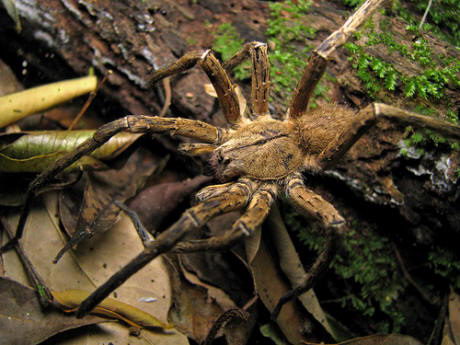
Image Courtesy of stratfordobserver.co.uk
Longest-Lived Spiders | How Long Do Spiders Live
Theraphosids (tarantulas and baboon spiders) are the longest lived spiders having a lifespan of more than 20 years in captivity. Unsurprisingly, all these longest lived spiders are females as males have shorter lifespans—after reaching maturity (within a year or two) they mate and die. Nevertheless, spiders are not easy to handle in captivity. If you’re planning to raise spiders in captivity, then probably you’ll have to face three major problems; offering food and water, minimizing maintenance time, and avoiding cannibalism. The house spiders are known to live for several months without food and water.
Learn more: Spider Facts

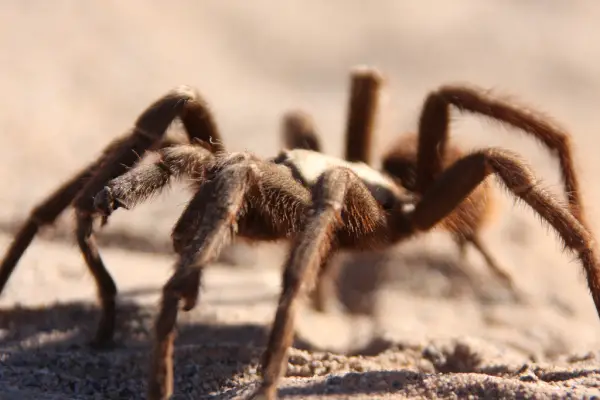
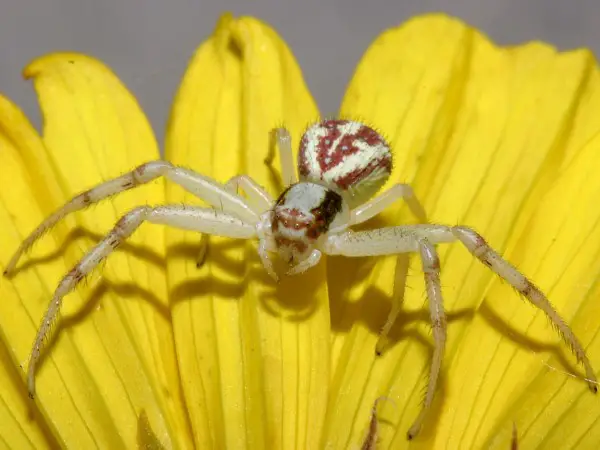
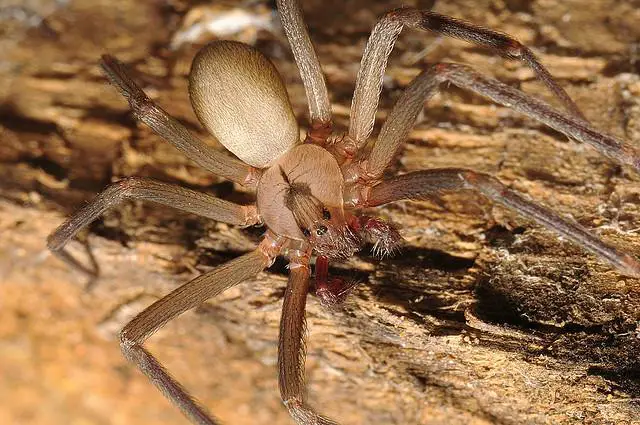
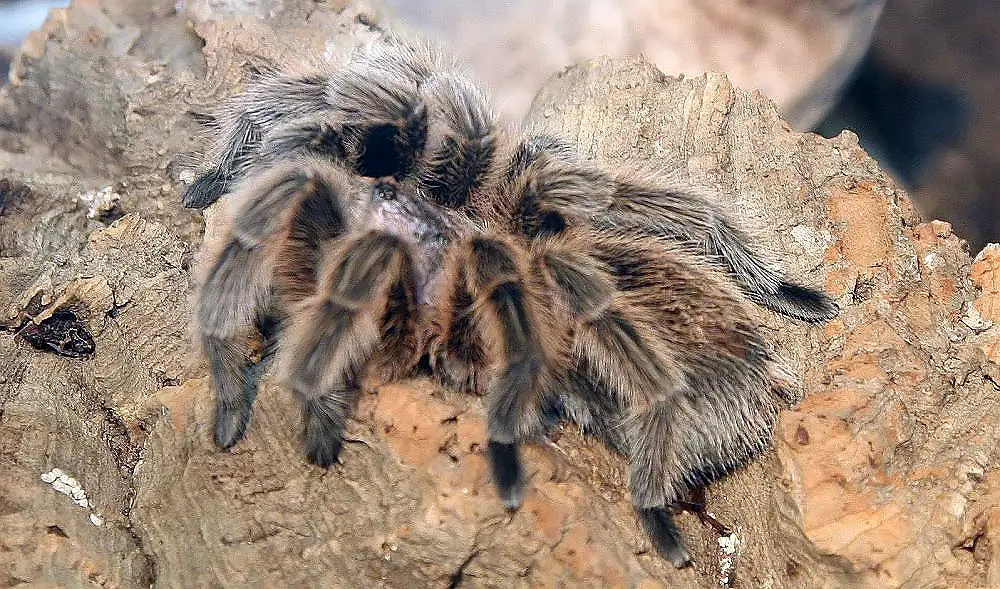
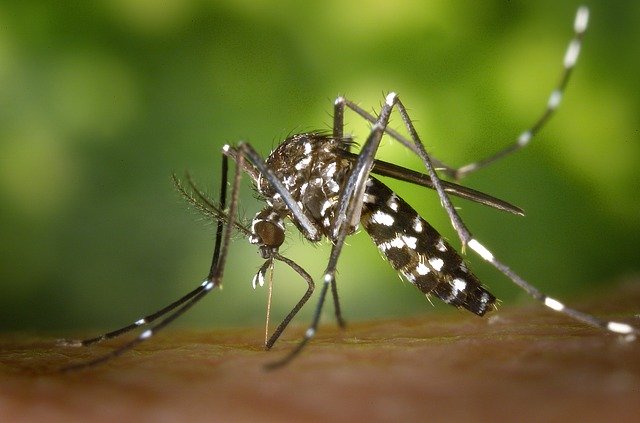
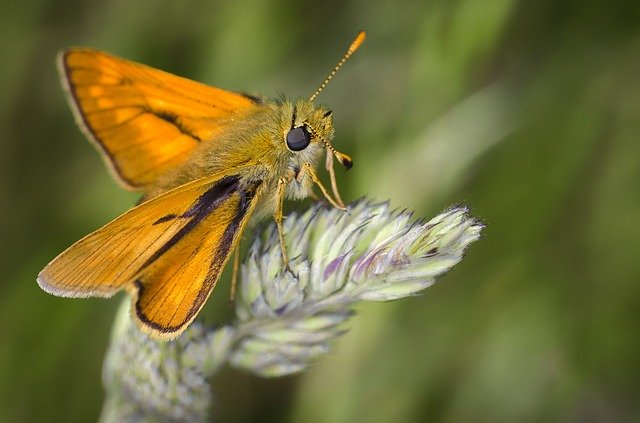
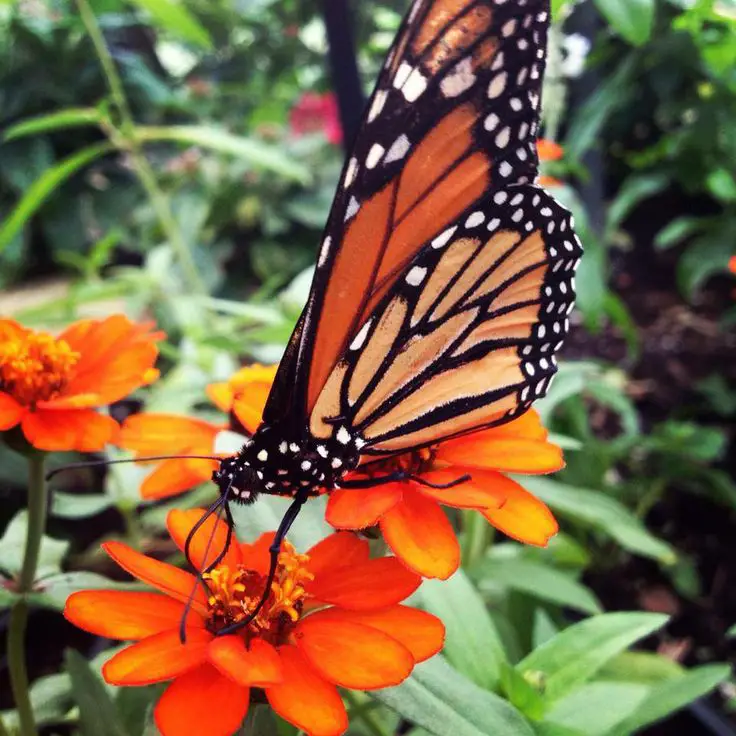
I have a wolf spider in a jar in my kitchen. I have been gathering information about the wolfer and placed a small sea sponge in the bottom ofthe jar. I have fed it flies and moths along with a smaller house spider. Hes made a small web he likes hanging out on. My biggest question was “as long as hes in my home fed watered and happy away from other predators wouldnt he live longer? Thanks in advance! Miss. Tuffet
wolf spiders dont make web so u might have a grass spider or funnnel web spider
However, some groups of spiders, such as wolf spiders (Family Lycosidae), are related to web-building species, but most species (albeit not all) do not build webs. What kind of silks do these wolf spiders produce? If web building and high-performance silks are linked, then we might deduce that the few web building wolf spiders will make different silks than the non-web building ones.
Whatever spider you have, since it seems to be thriving in it’s jar, it might be more comfortable in a more natural enclosure. I have kept many wild spiders for fun, so these are some things I’ve learned that seem to work for many common species. It is a good idea to place some clean forest dirt on the bottom, (without chemicals or fertilizer or anything.) Depending on the spider, anywhere from an inch and up of dirt is good. Most spiders will appreciate some vertical sticks to web on, and also a piece of bark or something placed at an angle at the bottom to hide in. A piece of moss can help keep some humidity if you live in an average or damp climate, but don’t get it too wet. Your spider will need watering occasionally, once or twice a week. If big enough you can put a small water dish (even a lego piece works for small enclosures!) or you can just dribble a little water down the side of the enclosure and your spider should be able to drink the drops. I like to dribble or lightly mist near the twigs you’ve set in, so the spider can climb around and get to the water drops. You can also put a little water right on the sticks. Be careful what you feed it, some other bugs may be able to kill your spider. Spiders don’t usually need to eat very much, a small meal once a week is usually enough. All of this information, of course depends on the type and size of your spider, of course, and should just be used for a little while until you can find out what species of spider you have! Or you can just observe it for awhile and release it back into the wild. Have fun caring for your spider!